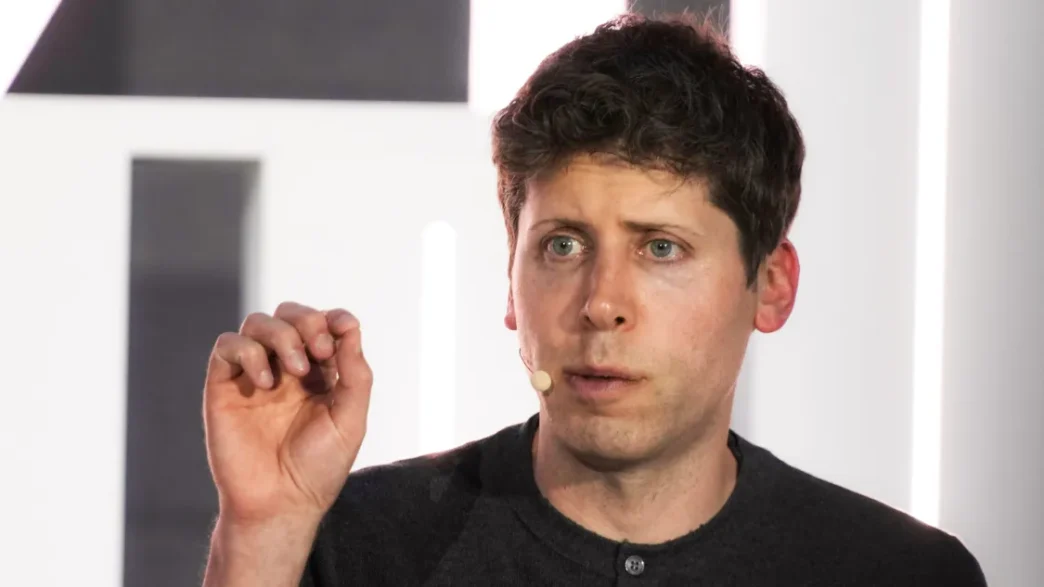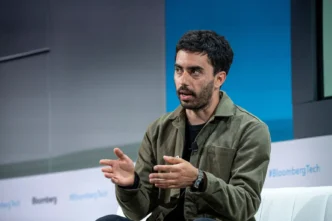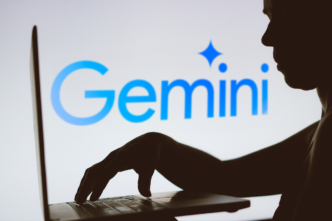On March 31, 2025, OpenAI confirmed a massive $40 billion funding milestone, pushing its post-money valuation to an eye-popping $300 billion. The round was led by Japan’s SoftBank Group, which poured in $7.5 billion. Other major backers, including Microsoft, Coatue Management, Altimeter Capital, and Thrive Capital, also joined the wave, doubling down on their previous investments.
But that’s just the beginning. Insiders say a second tranche worth $30 billion is coming before the end of 2025. SoftBank alone is expected to commit another $22.5 billion, while a syndicate of investors will contribute the remaining $7.5 billion.
A Bold Valuation, Built on Big Bets
OpenAI’s sky-high valuation is generating as much skepticism as excitement. At 75 times its projected 2025 revenue of $11.6 billion, its price-to-sales ratio outpaces even the most aggressive valuations from the dotcom era. By contrast, Nvidia—a highly profitable AI hardware leader—trades at just 30 times sales.
Worse still, OpenAI is reportedly on track for a $5 billion net loss this year, driven by a $4 billion compute bill and heavy R&D spending. SoftBank is betting OpenAI will swing to EBITDA profitability by 2027, but that path demands near-perfect performance across product development, operational efficiency, and market penetration.
Many investors are drawing comparisons to the overinflated tech valuations of the past. Like WeWork’s infamous rise and fall, OpenAI’s valuation is pinned on assumptions of dominant future market share—assumptions that are far from guaranteed. To hit its target of $100 billion in annual revenue by 2029, OpenAI would need to command 63% of the global generative AI market. Today, it holds only 11%.
Competitors Are Catching Up—Fast
OpenAI may have pioneered the general-purpose AI landscape, but the playing field is quickly evolving. Anthropic’s Claude 4, praised for enterprise use cases, is already rivaling GPT-5 in performance while operating at 40% lower cost. That advantage could force OpenAI to rethink its premium pricing model.
Meanwhile, Elon Musk’s xAI is gaining serious traction in the scientific research sector. Its Grok-3 model has begun making peer-reviewed contributions, bolstering its credibility among researchers.
Meta is playing a different game—open-sourcing its LLaMA models. With over 400,000 developers actively building on them, Meta is helping democratize AI innovation, a move that threatens OpenAI’s closed approach.
Global Giants Raise the Stakes
In China, local tech giants are fortifying their lead with state backing. Tencent’s subsidized “Cloud Brain” computing infrastructure undercuts OpenAI’s Azure-based costs by 60%. Alibaba, on the other hand, is capitalizing on regional dominance with Qwen2-72B—its flagship Mandarin-language model. Deep integration with services like Alipay and Taobao gives Alibaba a unique edge in user acquisition and engagement.
Can OpenAI Justify Its $300B Valuation?
To sustain its enormous valuation, OpenAI must either achieve unparalleled commercial dominance or make groundbreaking scientific breakthroughs. Either path is steep and full of uncertainty.
A best-case scenario sees OpenAI fully tapping into Microsoft’s enterprise ecosystem. With GPT tools embedded across Azure services, OpenAI could secure long-term, stable revenues—similar to how Oracle built its dominance in the ‘90s. Currently, 89% of Fortune 500 companies already use ChatGPT Enterprise, offering a promising foundation.
But challenges remain. High compute costs eat into margins, and as models grow more complex, these expenses are only expected to rise. To meet usage forecasts—like hitting 700 million daily users by 2026—OpenAI would need consistent, viral-level growth, which feels increasingly unlikely as competition intensifies.
What Happens If the Growth Stalls?
If OpenAI fails to deliver on its bold projections, the consequences could be sharp. Investor patience may wear thin. SoftBank could push for leadership changes or even explore asset sales. On top of that, ongoing concerns around AI regulation and potential legal liabilities could further erode confidence.
In a downside scenario, OpenAI’s valuation could plunge more than 60%—echoing Meta’s steep decline in 2022. The question is no longer whether OpenAI can build cutting-edge AI models. It’s whether it can build a sustainable business around them.













